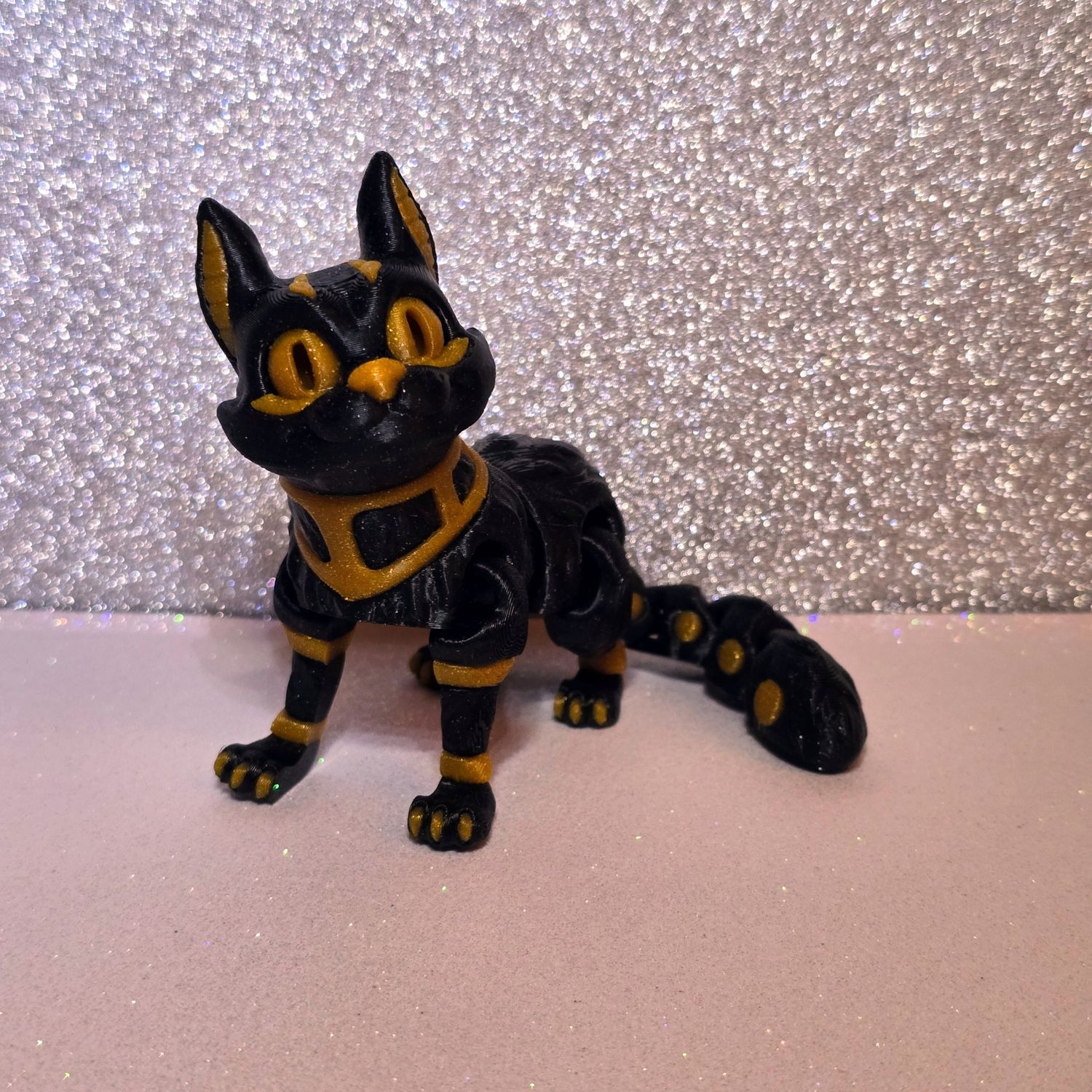Bastet Fidget-5 inch
Origins and Symbolism
Early Form: Originally, Bastet (sometimes called Bast) was depicted as a fierce lioness goddess of war and protection, associated with the blazing heat of the sun.
Later Form: Over time, especially during the Middle Kingdom, she softened into the form most people know today: a domestic cat or a woman with a cat’s head. This shift reflected her role as a nurturing, protective, and graceful deity.
Role and Attributes
Protector: She was seen as the guardian of homes, families, and pregnant women. Cats were sacred to her because of their protective nature against vermin and their mysterious, graceful energy.
Fertility and Joy: Bastet was also linked to music, dance, pleasure, and fertility—very much a goddess of joy and sensuality.
Dual Nature: Like many Egyptian deities, she had a dual aspect: gentle and loving as a domestic cat, but also fierce and dangerous when threatened, like a lioness.
Worship
Center of Worship: Her major temple was in Bubastis (in the Nile Delta), which became one of the most popular pilgrimage sites in Egypt. Her festivals were known to be lively, with music, dance, and celebration.
Cats as Sacred Animals: Killing a cat, even accidentally, was considered a serious crime in Egypt because of her sacred status.
Modern Legacy
Bastet is often seen as a symbol of feminine power, independence, and mystery. She blends protection and affection, making her a figure people still connect with today—especially those who love cats.

